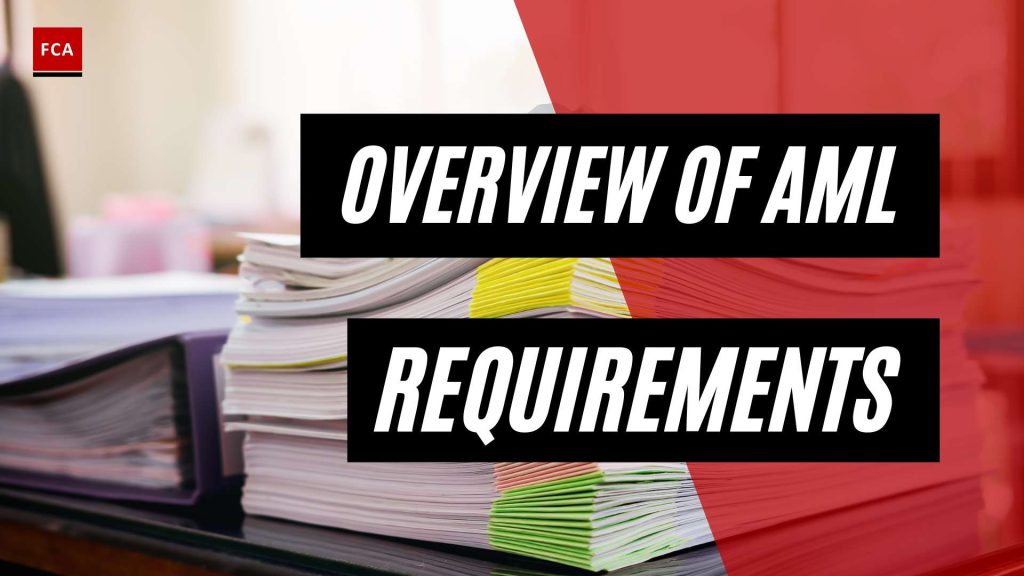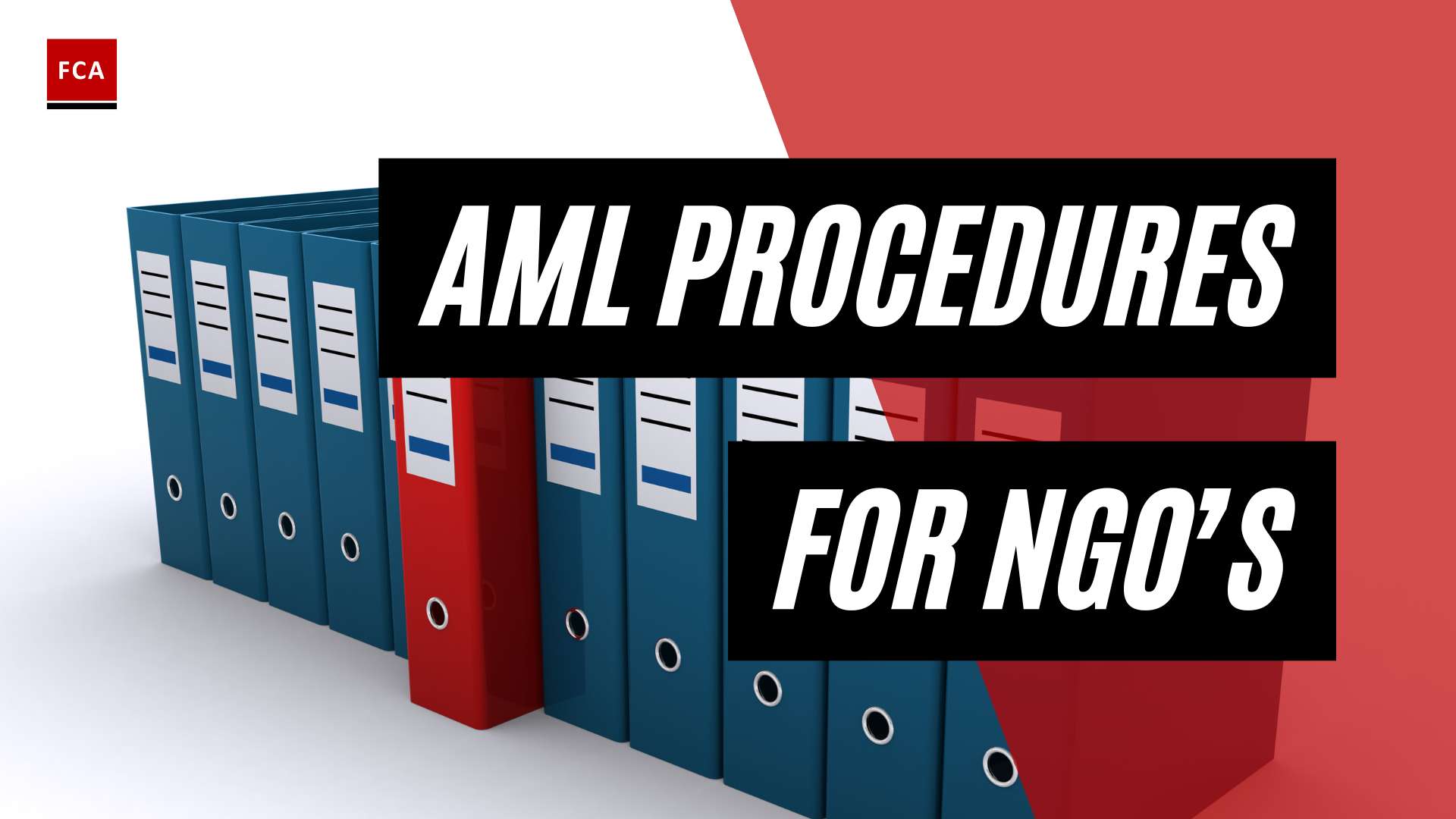Understanding AML Compliance
Navigating the landscape of Anti-Money Laundering (AML) can be intricate and multifaceted. It’s crucial for professionals in the financial sector to comprehend the basic principles of AML compliance and its significance to prevent financial crime effectively.
Definition of AML Compliance
AML compliance refers to the set of laws, regulations, and procedures established to prevent criminal activities such as money laundering, terrorist financing, and other forms of financial crime. Financial institutions globally are required to develop and implement robust AML compliance programs to combat these illicit activities. These programs must adhere to key regulations, including the United States’ Bank Secrecy Act and the EU’s Fourth and Fifth Anti-Money Laundering Directives (Flagright).
AML compliance involves a range of practices such as transaction monitoring, risk assessment, due diligence, and customer identification, among others. Regulatory bodies have established stringent AML compliance requirements that financial institutions must meet to ensure the integrity and security of the global financial system. For more information, visit our page on aml compliance requirements.
Importance of AML Compliance
The importance of AML compliance cannot be overstated. Compliance with AML regulations is not only legally mandatory for financial institutions but also crucial to their operational integrity and profitability.
Non-compliance with AML requirements can lead to substantial financial penalties, with fines ranging from thousands to millions of dollars. In some cases, companies may even face the loss of licenses or government seizures of assets (Financial Crime Academy).
Beyond the financial implications, non-compliance can lead to significant reputational damage. This can erode customer trust and confidence, with long-lasting effects on a company’s ability to attract customers and business partners, ultimately impacting its bottom line (Financial Crime Academy).
AML compliance is, therefore, a critical aspect of maintaining the integrity of financial institutions and the global financial system at large. It also plays a key role in preventing and detecting financial crimes that can have far-reaching economic and societal impacts. Therefore, understanding and adhering to AML compliance requirements is a priority for any financial institution.
Key AML Regulations
Complying with Anti-Money Laundering (AML) laws and regulations is integral to preventing and detecting financial crimes. Several key legislations form the backbone of AML compliance requirements, including the Bank Secrecy Act, the USA PATRIOT Act, and the Financial Action Task Force (FATF) Recommendations.
The Bank Secrecy Act
The Bank Secrecy Act (BSA) is a key legislation in the field of AML. It imposes stringent AML requirements on a broad range of financial institutions, including banks, credit unions, and trust companies. Non-compliance with the BSA can result in strict penalties that can affect an institution’s reputation, financial health, and ability to conduct business.
The BSA mandates that financial institutions report certain types of transactions, such as cash transactions exceeding $10,000 or any transactions deemed suspicious. These requirements aid in the detection and prevention of money laundering activities.
For a detailed overview of the BSA and its requirements, refer to our guide on anti-money laundering regulations.
The USA PATRIOT Act
The USA PATRIOT Act of 2001 expanded AML compliance requirements, including the obligation for financial institutions to establish AML compliance programs and appoint AML compliance officers. This legislation broadened the scope of the BSA to include terrorism financing and imposed additional customer due diligence and reporting requirements.
Key requirements under the USA PATRIOT Act include the establishment of a Customer Identification Program (CIP) and enhanced due diligence procedures for high-risk customers. These measures aid financial institutions in detecting and reporting suspicious activities, promoting a robust AML framework. For more information, visit our page on aml due diligence and aml customer identification program.
FATF Recommendations
The Financial Action Task Force (FATF) sets international standards for combating money laundering and terrorist financing. Countries are expected to implement these standards into their AML compliance frameworks (Investopedia).
The FATF Recommendations serve as a global benchmark for effective AML measures. They encourage countries to establish legal and regulatory frameworks that enable the detection, prevention, and prosecution of money laundering and terrorist financing.
Adherence to FATF Recommendations can contribute to a robust AML compliance program. For an extended understanding of these standards, check out our guide on aml directives.
Understanding and complying with these key AML regulations is integral to any successful compliance program. Leveraging aml compliance software can aid in meeting these regulatory obligations and maintaining a robust, effective AML framework.
AML Compliance in Practice
Implementing AML compliance requirements involves a series of steps that work together to create an effective compliance program. These steps, as outlined by Lowers Risk Group, include risk assessment, internal controls review, and independent testing.
Risk Assessment
Risk assessment plays a crucial role as the first step in developing an AML compliance program. It requires institutions to identify risks associated with their business, products, services, customers, and geographic locations. The objective of a risk assessment is to create an effective compliance program tailored to the unique needs and risks of each organization.
Institutions can use various tools and methodologies to conduct a risk assessment, and the results should be thoroughly documented and updated regularly. An effective AML risk assessment provides a solid foundation for an organization’s AML compliance program by providing insights into potential vulnerabilities and areas of concern.
Internal Controls Review
The second step in implementing AML compliance requirements is an internal controls review. This process evaluates a financial institution’s policies, procedures, and processes to ensure they are in line with AML compliance requirements. This review covers both personnel and structural elements, with a focus on secure standards like dual controls and segregation of duties.
An internal controls review should be conducted regularly to ensure that the institution’s AML compliance program remains effective and up to date. Also, this review helps in identifying any gaps or weaknesses in the existing controls that need to be addressed. The use of AML compliance software can aid in this process by automating and streamlining many aspects of the institutions’ AML efforts.
Independent Testing
The third step in the implementation of AML compliance requirements is independent testing. This is often referred to as an audit and is recommended every 12 to 18 months for AML compliance, especially for higher-risk financial institutions.
Independent testing should be responsive to the organization’s risk profile and include third-party reviews. This audit assesses the effectiveness of the institution’s AML compliance program and checks for compliance with relevant AML laws and regulations.
The results of independent testing provide valuable feedback that can help institutions refine and improve their AML compliance programs. It is a critical component of AML compliance requirements and plays a crucial role in ensuring that organizations remain compliant with all relevant laws, regulations, and AML directives.
Implementing AML compliance requirements in practice requires constant vigilance, regular reviews, and a commitment to continuous improvement. By conducting regular risk assessments, reviewing internal controls, and carrying out independent testing, institutions can stay ahead of emerging risks and ensure ongoing compliance with AML regulations.
The Role of AML Compliance Officer
The AML Compliance Officer plays a vital role in ensuring that the organization stays in line with anti-money laundering regulations. Their responsibility is not only to ensure the organization’s adherence to these regulations but also to design and implement an effective AML compliance program.
Responsibilities of AML Compliance Officer
The AML Compliance Officer is an expert in AML laws and regulations and is responsible for the design and implementation of an effective AML compliance program (Lowers Risk Group). Their role includes conducting a comprehensive AML risk assessment to identify the risks associated with the organization’s business, products, services, customers, and geographic locations. This risk assessment forms the foundation of an effective compliance program.
The officer also oversees the implementation of internal controls to mitigate identified risks, such as a Know Your Customer (KYC) program. This program requires the institution to verify customer identities, monitor transactions, and report suspicious activities related to illegal funds or associated with fraud or terrorism.
In addition to these responsibilities, the AML Compliance Officer also conducts continuous monitoring and independent testing to ensure the effectiveness of the program in meeting compliance standards. This includes arranging for independent audits by third-party organizations, regular training for employees, annual independent evaluations, and testing (Flagright).
Compliance Reporting
A critical aspect of the AML Compliance Officer’s role is compliance reporting. The officer is responsible for ensuring the organization’s compliance status is communicated to both the Board and senior management.
Audit reports, prepared as part of the independent testing process, are delivered to the CEO, senior management, and the Audit Committee (Flagright). These reports detail the findings of the audit, including any shortcomings in the compliance program and recommended actions to address these issues.
In addition to internal reporting, the AML Compliance Officer also ensures that the organization meets its reporting obligations under AML regulations. This includes the timely reporting of suspicious activities to a financial intelligence unit (FIU) as per the Financial Action Task Force (FATF) recommendations.
As part of their responsibilities, the AML Compliance Officer must stay updated with the latest AML directives and regulations to ensure that the organization’s compliance program remains effective and current. This includes ongoing professional development and investing in AML compliance software to assist with tasks like AML transaction monitoring and AML due diligence.
The AML Compliance Officer’s role is critical in protecting the organization from the financial, legal, and reputational risks associated with money laundering and terrorism financing. By fulfilling their responsibilities effectively, they contribute significantly to the organization’s overall compliance with AML compliance requirements.
AML Compliance Training
AML compliance training is a vital aspect of a robust AML compliance program. The purpose of this training is twofold: to ensure that employees are aware of the anti-money laundering regulations and how they apply to their specific roles, and to equip them with the knowledge and skills necessary to identify and report suspicious activities.
Purpose of AML Training
AML training is crucial for many employees within a financial institution. The training program should be designed to educate employees about the responsibilities of the AML program, especially those in specific risk categories. The objective is to enable employees to recognize potential money laundering activities and understand the procedures for reporting suspicious activities. Furthermore, the training should include periodic reviews to ensure ongoing compliance (Lowers Risk Group).
In essence, AML training is central to an organization’s efforts to prevent and detect money laundering and other financial crimes. An effective training program can foster a culture of compliance within the organization and contribute to the overall integrity and reputation of the financial system.
Key Training Areas
There are several key areas that AML compliance training should cover to ensure comprehensive understanding and adherence to aml compliance requirements. These include:
-
Overview of AML Laws and Regulations – This should include an introduction to the fundamental aml laws and regulations such as The Bank Secrecy Act, The USA PATRIOT Act, and FATF Recommendations.
-
Customer Due Diligence (CDD) and Know Your Customer (KYC) Procedures – Employees should be trained on the KYC process, which requires companies in the financial sector to verify customer identities, monitor transactions, and report suspicious activities (VeriFace).
-
Identification and Reporting of Suspicious Activities – This includes training on recognizing potential red flags and understanding the process for reporting suspicious activities in line with the institution’s aml directives.
-
Risk Assessment and Management – Employees should be familiar with the institution’s aml risk assessment process and understand how to effectively manage and mitigate identified risks.
-
Usage of AML Compliance Tools – If the institution uses aml compliance software or other tools for transaction monitoring or customer identification, employees should be trained on how to use these tools effectively.
The content and frequency of AML training should be tailored to the institution’s risk profile and the specific roles and responsibilities of employees. It’s crucial to continuously update and evolve the training program to address emerging risks and changes in regulations. For more information, refer to our article on aml compliance training.
Consequences of Non-Compliance
Adhering to AML compliance requirements is not just a regulatory obligation, but a critical aspect of risk management for financial institutions. Failure to comply with these requirements can result in serious consequences, including financial penalties, legal prosecution, and reputational damage.
Financial Penalties
Financial penalties for AML compliance violations can be substantial, often amounting to millions of dollars for financial institutions that fail to adhere to established AML regulations. These fines can vary depending on the severity and extent of the compliance breaches (Financial Crime Academy).
In some cases, the financial implications of non-compliance can extend beyond monetary fines. Companies may also lose their licenses or face government seizures of assets as a consequence of serious AML compliance violations (Financial Crime Academy).
Legal Consequences
Non-compliance with AML requirements can also lead to significant legal consequences. Individuals within an organization, including executives and compliance officers, who are found to be complicit or negligent in preventing money laundering activities, can face criminal charges. The personal liability of individuals involved in compliance breaches can lead to severe outcomes, including imprisonment (Financial Crime Academy).
Reputational Damage
Beyond the financial penalties and legal implications, non-compliance with AML requirements can inflict significant reputational damage on financial institutions. This can erode customer trust and confidence, with long-lasting effects on a company’s ability to attract customers and business partners, ultimately impacting its bottom line (Financial Crime Academy).
In the face of these potential consequences, it’s imperative for financial institutions to prioritize AML compliance. This includes conducting thorough AML risk assessments, implementing robust AML transaction monitoring processes, and ensuring effective AML compliance training for all staff. By doing so, institutions can mitigate risks, protect their reputation, and operate with the confidence that they are meeting their AML compliance obligations.









